August is an important month for animal health management in both spring- and autumn-calving herds.
Keeping on top of routine health treatments will ensure calves are healthy as autumn approaches and the risk of respiratory problems increases.
There is no substitute for good animal health and as the old saying goes, prevention is better than cure.
The cost of dosing, drenching or vaccinating against various diseases is lower than treating animals for health problems, not to mention the benefits of improved performance in healthy cattle.
For instance, a worm drench will cost less than €5 to treat spring-born calves and autumn-born weanlings, which is the equivalent of 2kg of liveweight gain at current market prices. It is a small outlay that will give big gains.
Outlined are some areas of cattle health to focus on over the next month.
Grass growth is still high on many farms. Where cows are grazing on fast growing, lush swards, there will be at an increased risk of tetany.
The same applies where cows are grazing on swards which have received slurry in recent weeks, or a chemical fertiliser containing high levels of potash (K) as this locks up magnesium in the soil.
Ensure that cows are properly covered for magnesium, either through lick buckets, or by adding magnesium to water troughs.
Autumn-calving cows that are dry will be at risk of mastitis from increased fly activity. Use an effective repellent to help keep flies at bay.
Depending on the product used, cows treated in July may need a second treatment in August as the current warm and humid weather conditions mean fly activity is still high.
Gut and lungworms will be a growing problem in young cattle during late summer. Spring- and autumn-born calves will be eating increasing quantities of grass, but immunity to worms is still low.
Spring-born calves will be due a second worm treatment in August, as will autumn weanlings. First-calved heifers and yearling stores will also benefit from a worm treatment in August.
There is no need to treat mature cows as they will have developed adequate levels of immunity to worm burdens.
For an effective treatment, alternate between wormers. Choose a different product to treat animals in late summer rather than repeatedly use the same wormer. This will help cut down on anthelmintic resistance.
For spring-born calves, a worm dose in August will help to reduce worm burdens ahead of weaning in early autumn and reduce the risk of respiratory problems.
August is also an ideal time to vaccinate calves against pneumonia, with any follow-up booster shot given in September.
This should still give time for the animal to develop a natural immune response ahead of the weaning, or housing, period when calves are under stress and at greater risk of respiratory problems.
While pneumonia vaccines can cost anywhere from €15 to €20 per head, treating a pneumonia outbreak will cost more.
Affected animals will also lose weight and lungs can be permanently damaged, inhibiting lifetime performance.
Make sure all spring-born calves are up to date with clostridial vaccines. This means ensuring that animals have received a booster shot.
It is the booster shot that gives long-term cover for animals, so do not try to cut costs by hoping that one shot will be enough.
Given the fall in beef prices, many farmers may be considering castrating bull calves this autumn. Having animals properly vaccinated against clostridial diseases is advisable.
Read more
'We're militant in a quiet way, it will escalate' – Beef Plan
Moving away from the bottle to a more holistic approach towards animal health
August is an important month for animal health management in both spring- and autumn-calving herds.
Keeping on top of routine health treatments will ensure calves are healthy as autumn approaches and the risk of respiratory problems increases.
There is no substitute for good animal health and as the old saying goes, prevention is better than cure.
The cost of dosing, drenching or vaccinating against various diseases is lower than treating animals for health problems, not to mention the benefits of improved performance in healthy cattle.
For instance, a worm drench will cost less than €5 to treat spring-born calves and autumn-born weanlings, which is the equivalent of 2kg of liveweight gain at current market prices. It is a small outlay that will give big gains.
Outlined are some areas of cattle health to focus on over the next month.
Grass growth is still high on many farms. Where cows are grazing on fast growing, lush swards, there will be at an increased risk of tetany.
The same applies where cows are grazing on swards which have received slurry in recent weeks, or a chemical fertiliser containing high levels of potash (K) as this locks up magnesium in the soil.
Ensure that cows are properly covered for magnesium, either through lick buckets, or by adding magnesium to water troughs.
Autumn-calving cows that are dry will be at risk of mastitis from increased fly activity. Use an effective repellent to help keep flies at bay.
Depending on the product used, cows treated in July may need a second treatment in August as the current warm and humid weather conditions mean fly activity is still high.
Gut and lungworms will be a growing problem in young cattle during late summer. Spring- and autumn-born calves will be eating increasing quantities of grass, but immunity to worms is still low.
Spring-born calves will be due a second worm treatment in August, as will autumn weanlings. First-calved heifers and yearling stores will also benefit from a worm treatment in August.
There is no need to treat mature cows as they will have developed adequate levels of immunity to worm burdens.
For an effective treatment, alternate between wormers. Choose a different product to treat animals in late summer rather than repeatedly use the same wormer. This will help cut down on anthelmintic resistance.
For spring-born calves, a worm dose in August will help to reduce worm burdens ahead of weaning in early autumn and reduce the risk of respiratory problems.
August is also an ideal time to vaccinate calves against pneumonia, with any follow-up booster shot given in September.
This should still give time for the animal to develop a natural immune response ahead of the weaning, or housing, period when calves are under stress and at greater risk of respiratory problems.
While pneumonia vaccines can cost anywhere from €15 to €20 per head, treating a pneumonia outbreak will cost more.
Affected animals will also lose weight and lungs can be permanently damaged, inhibiting lifetime performance.
Make sure all spring-born calves are up to date with clostridial vaccines. This means ensuring that animals have received a booster shot.
It is the booster shot that gives long-term cover for animals, so do not try to cut costs by hoping that one shot will be enough.
Given the fall in beef prices, many farmers may be considering castrating bull calves this autumn. Having animals properly vaccinated against clostridial diseases is advisable.
Read more
'We're militant in a quiet way, it will escalate' – Beef Plan
Moving away from the bottle to a more holistic approach towards animal health




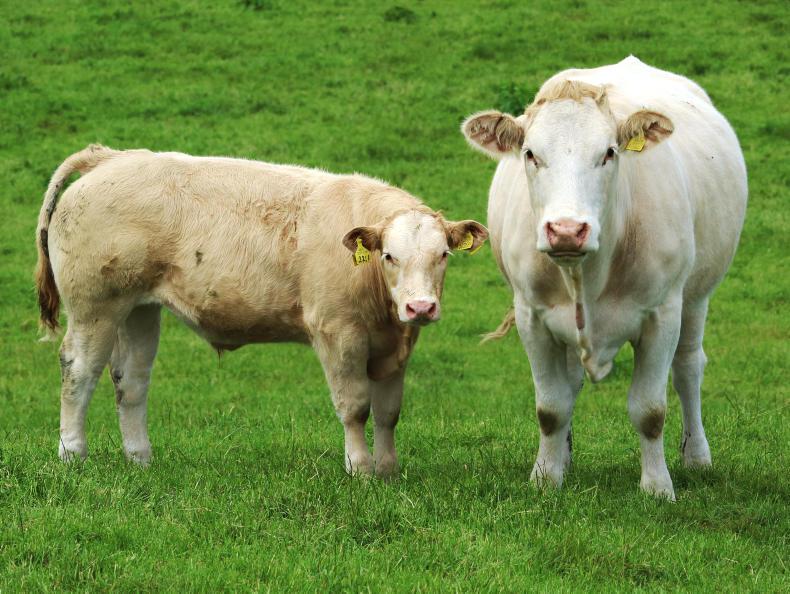
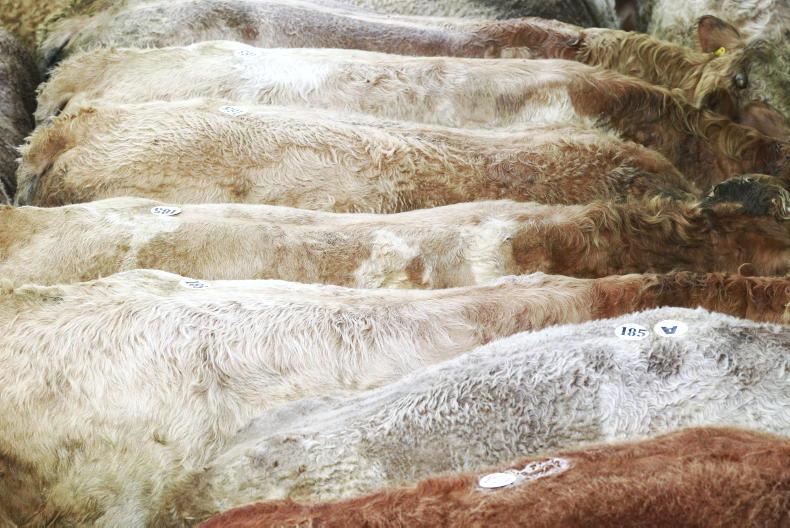

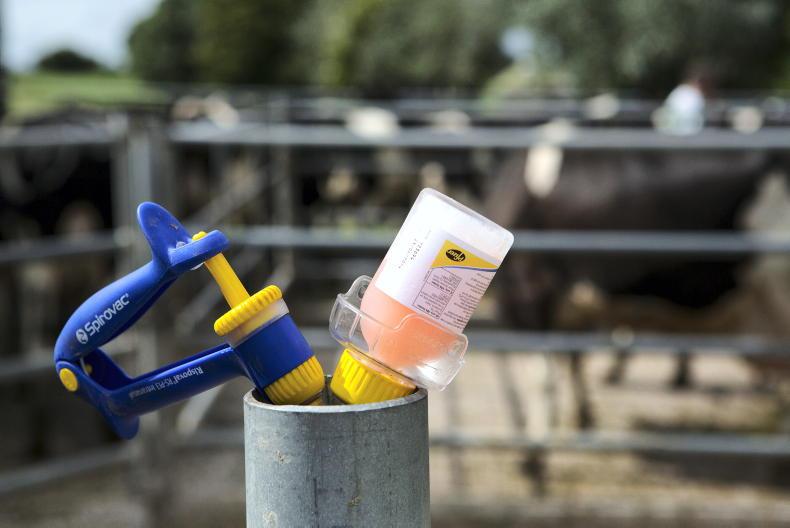
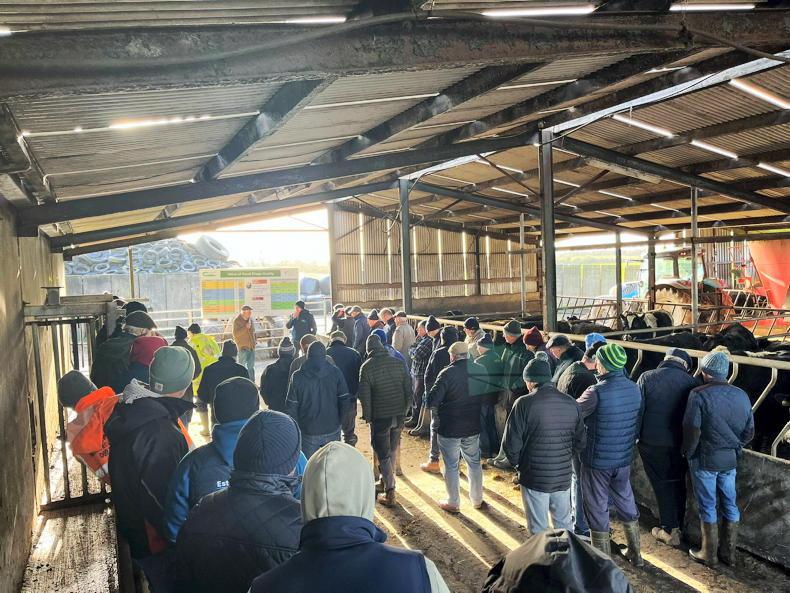
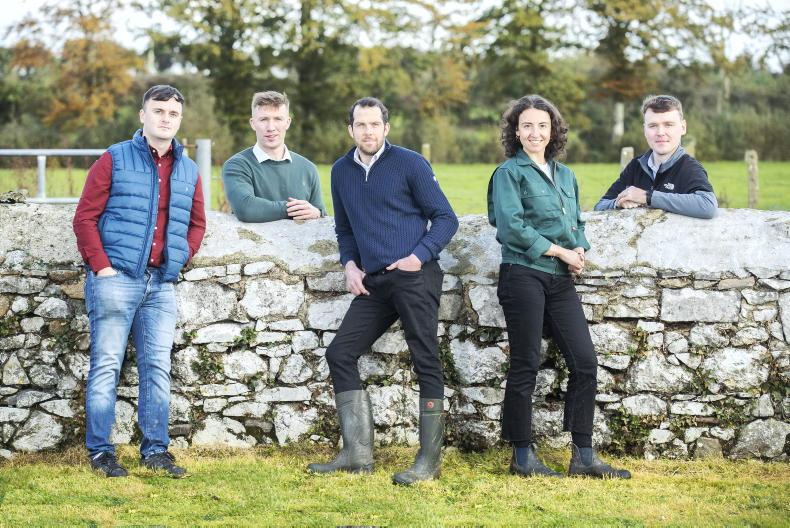
SHARING OPTIONS